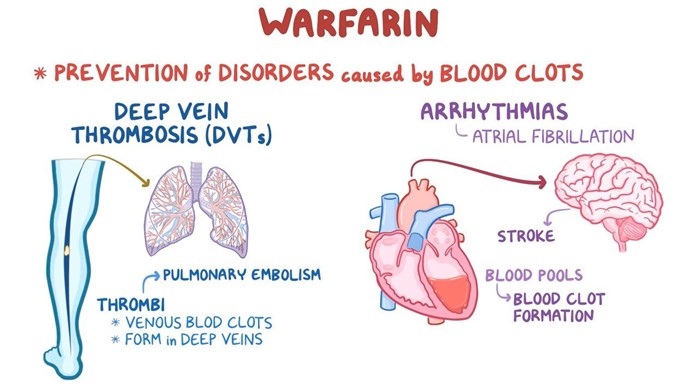Text 1:
The nurse is providing lifestyle change education for a client to slow the progression of coronary artery disease. Which statement(s) made by the client should the nurse recognize as needing additional education? (Select all that apply.)
Consume foods with saturated fats.
Walk 30 minutes per day.
Use a salt substitute.
Keep a food diary.
Eat more canned vegetables.
Include oatmeal for breakfast.
Correct Answer : A,E
Choice A reason: Consuming foods with saturated fats can increase the level of low-density lipoprotein (LDL) cholesterol in the blood, which can contribute to plaque formation and narrowing of the coronary arteries.
Choice B reason: Walking 30 minutes per day can help lower blood pressure, improve blood circulation, and reduce the risk of heart attack and stroke.
Choice C reason: Using a salt substitute can help lower sodium intake, which can reduce fluid retention and lower blood pressure.
Choice D reason: Keeping a food diary can help the client monitor their calorie intake, portion size, and nutritional balance.
Choice E reason: Eating more canned vegetables can increase sodium intake, which can worsen fluid retention and blood pressure. Fresh or frozen vegetables are preferable.
Choice F reason: Including oatmeal for breakfast can provide soluble fiber, which can lower LDL cholesterol and prevent plaque formation in the coronary arteries.
Nursing Test Bank
Naxlex Comprehensive Predictor Exams
Related Questions
Correct Answer is C
Explanation
Choice A reason: Increasing the intake of dark green leafy vegetables while taking warfarin is not a good instruction because it can decrease the effectiveness of warfarin. Dark green leafy vegetables are rich in vitamin K, which is a coagulation factor that counteracts the anticoagulant effect of warfarin.
Choice B reason: Eating two servings of dark green leafy vegetables daily and continuing for 30 days after warfarin therapy is completed is not a good instruction because it can cause bleeding complications. Dark green leafy vegetables are rich in vitamin K, which is a coagulation factor that counteracts the anticoagulant effect of warfarin. Stopping warfarin while continuing to eat high amounts of vitamin K can increase the risk of clot formation and thromboembolism.
Choice D reason: Avoiding eating any foods that contain any vitamin K because it is an antagonist of warfarin is not a good instruction because it can cause bleeding complications. Dark green leafy vegetables are rich in vitamin K, which is a coagulation factor that counteracts the anticoagulant effect of warfarin. Eliminating vitamin K from the diet can increase the sensitivity to warfarin and cause excessive bleeding and bruising.

Correct Answer is A
Explanation
The correct answer is A. Flushed, peeling skin
Choice A reason: Flushed, peeling skin is a classic sign of scarlet fever, which is a condition that can arise from Streptococcal pharyngitis. Scarlet fever is characterized by a red rash that can cover most of the body and may lead to the skin peeling. This symptom is a direct reaction to the toxins produced by the Streptococcal bacteria.
Choice B reason: Red bumps across the chest could be indicative of many conditions and are not specifically characteristic of the reaction to toxins produced by Streptococcal bacteria. While a rash is common in scarlet fever, it typically starts on the face or neck and spreads to the rest of the body, rather than presenting as isolated red bumps.
Choice C reason: A white coating on the tongue, often referred to as “strawberry tongue,” is indeed associated with scarlet fever. However, it is not the clearest indication of a reaction to the toxins. The white coating usually precedes the strawberry-like appearance, where the tongue becomes red and bumpy.
Choice D reason: While a high fever is a symptom of scarlet fever, it is not specific to the reaction to toxins from Streptococcal bacteria, as many infections can cause high fevers. The term “protracted” suggests a prolonged fever, which could be seen in various conditions.
Whether you are a student looking to ace your exams or a practicing nurse seeking to enhance your expertise , our nursing education contents will empower you with the confidence and competence to make a difference in the lives of patients and become a respected leader in the healthcare field.
Visit Naxlex, invest in your future and unlock endless possibilities with our unparalleled nursing education contents today
Report Wrong Answer on the Current Question
Do you disagree with the answer? If yes, what is your expected answer? Explain.
Kindly be descriptive with the issue you are facing.
